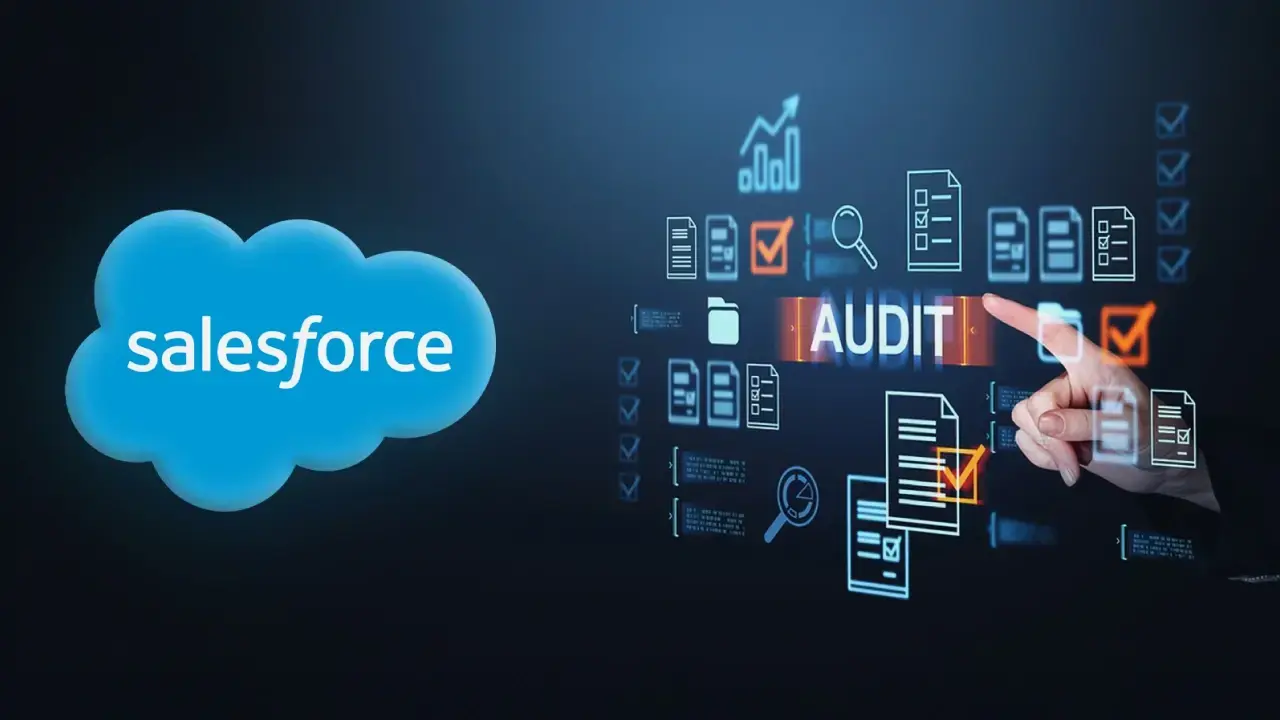
Introduction
HubSpot fuels marketing magic, while Salesforce powers sales conversions. A perfect match, right? Not quite.
Data sync delays, system limitations, and lack of expertise often make this romance a rocky ride. Thus, mastering HubSpot-Salesforce integration for scalability becomes a necessity.
What are the common challenges of HubSpot-Salesforce integration?
Data sync hurdles
Some common data sync issues are record duplication, field mapping complexities, and failure to define sync rules. Inappropriate settings and a large volume of data can hamper your workflows and reporting accuracy.
Also, requests made from HubSpot to Salesforce or vice versa can get delayed due to the Salesforce API limit.
Data sync between HubSpot & Salesforce
Source: HubSpot
Limited data standardization
Inconsistent data formats, structures, and values between the two platforms can happen easily.
You must address field type mismatches, inconsistent property names, and formatting differences. For instance, the two data formats "YYYY-MM-DD” and “MM/DD/YYYY” can cause errors in reporting.
Conflicts in marketing automation with CRM
Both these platforms have unique ways of handling your workflows and data. This can result in
automation conflict.
Similarly, a mismatch in pre-existing workflows and automation in either system can cause discrepancies. For instance, a lead at the nurturing stage in HubSpot may get assigned to a sales rep in Salesforce.
Here are the 10 Tips to develop a successful marketing automation strategy.
Restricted user permissions
Permissions are key as they determine what data the two systems can access, edit, or sync. Restricted permissions can lead to misaligned integration.
If you as a Salesforce user don’t have access to custom fields, HubSpot won’t be able to benefit from the data stored in them. Similarly, your attempt to create new contacts via HubSpot in Salesforce may be futile if you lack "Create" permissions.
Lack of sales-marketing alignment
Sales-marketing misalignment can easily arise due to a lack of coordination on lifecycle stage management. The two teams may not agree on when a contact or lead should move through the stages like Lead, MQL, SQL, or Customer.
Likewise, disagreements can happen over the lead qualification criteria and what constitutes a Marketing Qualified Lead (MQL) or Sales Qualified Lead (SQL).
For example, your marketing team may consider a prospect interacting with your emails as an MQL, but the sales team may not entertain it based on the company size they’re targeting.
Here’s a useful resource on why marketing and sales teams should coordinate email outreach.
What are the HubSpot-Salesforce integration best practices?
Getting access controls and permissions
- You need to get HubSpot permissions for Salesforce integration. In HubSpot, go to Settings > Users & Teams > Permissions.
- Must have a Salesforce Professional or Enterprise account compatible with HubSpot.
- Your HubSpot Professional or Enterprise should be on a subscription model that allows integration with Salesforce.
- Consider limiting the access to sync settings. Instead of using a personal Salesforce account, create an account dedicated to integration with restricted permissions.
Organizing data pre-integration
- Begin with the identification of key objects to sync.
- Clean up and standardize data by removing duplicates, conducting database cleanup, and field standardization.
- Segment and filter the data if needed.
- Don’t forget to back up Salesforce & HubSpot data before integration.
Aligning Sales-Marketing
- Define lead lifecycle stages to clearly understand where leads are in the sales funnel. This will also ensure a seamless lead handoff.
- Establish data ownership & sync rules, align KPIs, and audit current lead flow to impart accountability and coordination.
- Additionally, train the two teams on the integration process.
Accurate data field mapping
- It’s crucial to understand the object relationship across the two platforms.
- HubSpot and Salesforce may use different terms for the same object. For instance, “Deals” in HubSpot may correspond to “Opportunities” in Salesforce.
- Apart from mapping the default fields, you may have to create custom fields based on your requirements.
Source: HubSpot
Optimizing workflows
- Leverage HubSpot’s “Inclusion List” to sync only specific contacts.
- Consider syncing HubSpot campaigns with Salesforce to track ROI for marketing activities. For this, you can customize Salesforce campaign integration.
- Monitor the workflow efficiency regularly.
Leveraging Automation
- Utilize HubSpot lead scoring to identify qualified leads. Then automate lead routing to the right sales reps in Salesforce.
- Likewise, lead nurturing and sales follow-up processes for unready prospects should be automated.
- Automate deal stage progression based on engagement in HubSpot.
Regular review and integration updating
- Periodic review should be done for workflow & automation optimization.
- Consider exploring & incorporating the new features that the two platforms may come up with.
- Update the workflows to suit the new GTM (go-to-market) strategies.
It’s a wrap
HubSpot-Salesforce integration helps you scale with better lead management, efficient marketing automation, optimized workflows, sales & marketing alignment, and insightful reporting.
However the lack of expertise results in missed sales opportunities, underutilized CRM, time-consuming data rectifications, and an underwhelming marketing strategy.
There’s nothing to stress about. Our RevOps experts will maximize the potential of your integration for higher conversion rates.
Mastering B2B sales: Best practices to integrate ZoomInfo with HubSpot
Learn how to integrate ZoomInfo with HubSpot to close more deals by enhancing outreach.
 Dashboards and analytics
Dashboards and analytics





.webp)



